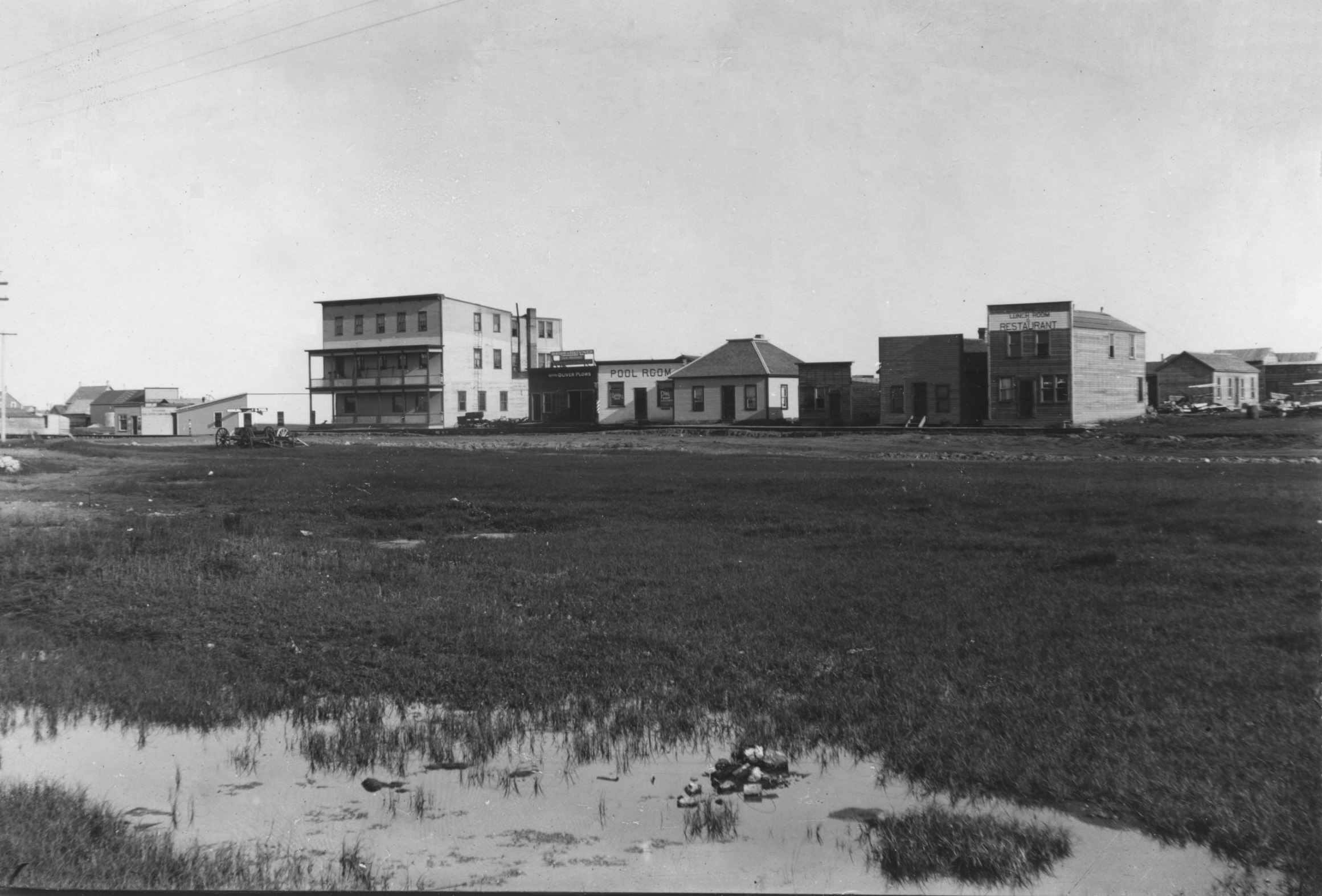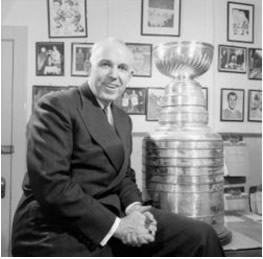History of Macklin, SK.
 Early in 1906, T. D. McCallum arrived in what is now know as Macklin, and a few months later the settlement took the name of Macklin. The town was named after the famous executive of the Winnipeg Free Press, and today all the streets in the town are named after men who have made their mark in Canada's journalistic world. Two days after McCallum arrived, after a long trek from Saskatoon, he was followed by W. Scott, who was the first Mayor of the town following its incorporation in 1912.
Early in 1906, T. D. McCallum arrived in what is now know as Macklin, and a few months later the settlement took the name of Macklin. The town was named after the famous executive of the Winnipeg Free Press, and today all the streets in the town are named after men who have made their mark in Canada's journalistic world. Two days after McCallum arrived, after a long trek from Saskatoon, he was followed by W. Scott, who was the first Mayor of the town following its incorporation in 1912.
The first store was Braddon's general store and the first hotel was built in 1909. The first post office in the settlement was located a mile out of town and has now disappeared as has the Richmand ranch house which was destroyed by fire in 1953. The hospital in Macklin was built in 1927 and was operated by the Sisters of St. Elizabeth. At that time Dr. F. L. Eid was practicing in the district and has been followed by many other wonderful physicians.
After the Second World War the community cooperated in erecting a splendid Memorial Community Arena, the new church buildings and stores added to the general appearance of the town. Many of these facilities have been replaced since this time with the community continuing to prosper.
Macklin has survived a number of disasters, commencing with a miniature cyclone which hit the settlement in 1909. The cyclone destroyed the hotel while it was being constructed but rebuilding was started immediately. A few years later fire wiped out almost an entire block, including a drug store, bakery and furniture store. Then in 1934 the school was razed and the same fall the Pool elevators went up in flames. These setbacks did not deter the community and today Macklin is growing fast and on a sound basis. Many of the original structures have been replaced by modern facilities, new commercial enterprises have been established and a ever increasing oilfield industry has been established. The stories about the community are many and can be found in the community history book.
When in Macklin visit the memorials to our two most famous former residents: Agnes Bernice Fenwick Martin and Clarence Sutherland Campbell at 5002 and 4902 Herald Street respectively.
 Agnes Martin, the most celebrated minimalist painter ever to come from Canada, died at age 92 in Taos, New Mexico.
Agnes Martin, the most celebrated minimalist painter ever to come from Canada, died at age 92 in Taos, New Mexico.
Agnes Bernice Fenwich, daughter of Malcolm and Margaret (Kinnon)Martin, was born near Macklin Saskatchewan, on the homestead on NW 19-38-27-W3, March 22, 1912.
One of the most innovative of the 20th century artists, Agnes is known for her minimal style in acrylic, oil, watercolor and graphite. In 1974 she began her association with the Pace Gallery, the highest of the high-end galleries on Manhattan's luxurious 57th Street gallery row.
With masterpieces selling for a record of $2 million in 2000, Agnes Martin has enjoyed great commercial success and international critical acclaim.
 "Although Campbell scored no goals, he did more for hockey than any man in its history." From the late 1940s to his retirement from the NHL President's Chair in 1977, Clarence Sutherland Campbell, MBE QC MA LLB, though highly controversial, was the most powerful man in hockey.
"Although Campbell scored no goals, he did more for hockey than any man in its history." From the late 1940s to his retirement from the NHL President's Chair in 1977, Clarence Sutherland Campbell, MBE QC MA LLB, though highly controversial, was the most powerful man in hockey.
Born in Fleming, Saskatchewan, on July 9, 1905 to George Alexander Campbell and Annie May Haw, Clarence Sutherland Campbell had two brothers and three sisters. Clarence attended school in Macklin, SK during his early teens learning his hockey skills and love of the game.
Campbell was an exemplary student of Law, earning honors at the University of Alberta in 1924 before going on to Oxford where he earned admission as a Rhodes Scholar. He returned to Alberta during the Depression and supplemented his income as a lawyer by refereeing amateur hockey games. His proficiency as a referee impressed NHL officials and he was hired by League President, Frank Calder, at the start of the 1936 season. Campbell quickly established himself as one of the better referees in the League and officiated in the NHL for 155 regular-season games and 12 more in the playoffs. In 1946 he became President of the National Hockey League, a position he held until 1977
But Campbell put his legal and refereeing careers on hold during the Second World War, where he was a major and commanded the 4th Canadian Armoured Division. However he took a reduction in rank to captain in order to participate in the D-Day attack.
He married Phyllis Lorraine King in November 1955. They had no children.
